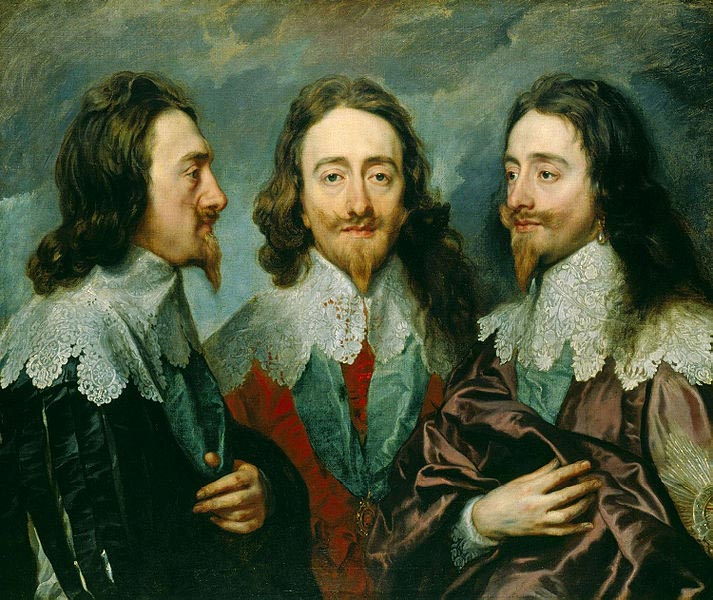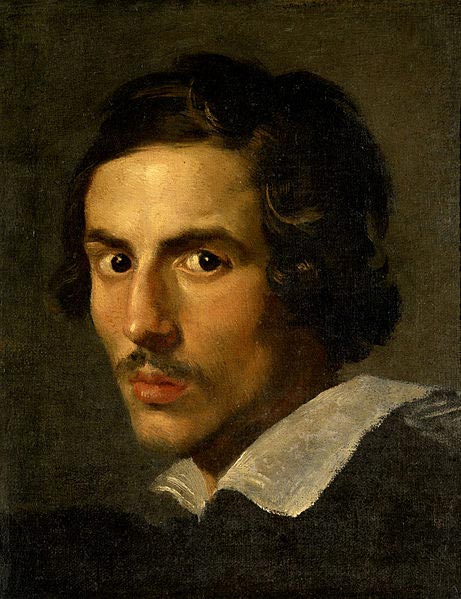| Gian Lorenzo Bernini Artworks | |
| Apollo and Daphne | |
| David | |
| Ecstasy of Saint Teresa | |
| Bust of Louis XIV | |
| Fontana dei Quattro Fiumi | |
| Medusa | |
| Complete Works |
During the early years, many sculptors and artists sought to surpass the late Michelangelo, but one artist named Gian Lorenzo Bernini acquired the title of being the ultimate successor of Michelangelo with his superior sculpting abilities. His works of art highlighted the essence of Classical sculpture and religious beliefs, and he managed to do that with his uncanny ability to mold marble with striking natural realism that does not fail to express its narrative implications. He received much criticism from the neoclassical community of Baroque art, but even today, he has remained as one of the leading icons in the field of Roman Baroque architecture.
Not much was publicly known about the life of Gian Lorenzo Bernini, but most of the information is mentioned in the biography entitled Vita del Cavalier Gio. Lorenzo Bernino written by Domenico, his youngest son, released in 1713. Bernini was born in Naples to his father Pietro Bernini, a Mannerist sculptor hailing from Florence, and his mother Angelica Galante, a Neopolitan housewife. His father was involved in many high profile commissions in Rome, which he would also frequently ask his son to join. Through his frequent visits in his father’s projects, the boy soon acquired intense liking and skill to sculpting, which eventually caught the attention of a painter named Annibale Carracci and by Pope Paul V.
Because of his newfound affiliations, he soon gained the patronage of Cardinal Scipione Borghese, the papal nephew, which helped him become one of the most prominent sculptors of his time. Under his patronage, Bernini sculpted classics such as The Goat Amalthea with the Infant Zeus and a Faun, the Blessed Soul, and the Damned Soul. At the age of only 22 years old, he accomplished the bust of Pope Paul V, and he even made huge contributions in Scipione’s collection at the Borghese gallery with a long streak of masterpieces.
The first masterpiece that he created for Scipione was the Aeneas, Anchises, and Ascanius, which was sculpted in 1619. It could be recalled that Aeneas was the survivor of the fall of Troy that was sent carrying the news about their demise, who later became the founder of Latium and the father of the Romans. This wonderful work of art portrays Aeneas as he carried his son, who holds the eternal flame, and his father, who holds the household gods, at his heels. The sculpture adopts the Mannerist upwards-spiral style that slowly reveals the narrative of a sculpture as the audience views it from different angles.
In 1621 to 1622, Bernini completed the Rape of Proserpine, which bears the style of the Rape of the Sabine Women by Giambologna. The sculpture makes use of the twisted contrapposto pose evident in Mannerism, which involves the abduction of Proserpina by Pluto as he tried to take her into the underworld to make her his eternal bride. Probably the most evident technique in this sculpture is the dramatic effect created as Proserpina’s hand creases Pluto’s face, while Pluto’s fingers sink into the flesh of Proserpina’s body. He even carefully crafted in marble the tears of Proserpina as it went down her cheek and her slightly-parted lips as she screamed for help.
His next work was created in 1622 up to 1625, which was named as Apollo and Daphne. It was considered as one of the most dramatic representations in their time due to the equally-dramatic narrative of this instant in Metamorphoses, work of Ovid. The story traces its roots back to when Apollo, who was the god of light in Greek mythology, told off Eros for playing with weapons for adults. Eros fought back by striking Apollo with a golden arrow, causing him to madly fall in love with a water nymph that swore eternal virginity named Daphne, and by striking Daphne with a lead arrow to counter every attempt by Apollo to woo her. The interpretation by Bernini portrays the transformation and drama of Daphne as she goes through the different stages of her changes with the incorporation of the chiaroscuro technique to further give the sculpture a narrative feel and a Hellenistic approach.
 The next famous masterpiece of Bernini was David, which was created from 1623 to 1624. The sculpture features the youth named David as he is about to throw the stone that would cause the downfall of Goliath, allowing him to behead the giant. The narrative seemed simple, but it actually became one of the most defining highlights of Bernini’s work because of the immense detail present, notably the anger of David. Bernini gave huge attention to portray David’s anger by molding his face to make it look like he is frowning and biting his lower lip.
The next famous masterpiece of Bernini was David, which was created from 1623 to 1624. The sculpture features the youth named David as he is about to throw the stone that would cause the downfall of Goliath, allowing him to behead the giant. The narrative seemed simple, but it actually became one of the most defining highlights of Bernini’s work because of the immense detail present, notably the anger of David. Bernini gave huge attention to portray David’s anger by molding his face to make it look like he is frowning and biting his lower lip.
With works like Elephant and Obelisk, the portrait of Costanza Bonarelli, and many more, he further established his prestige as a virtuoso. However, it was his sculpting techniques and accuracy that made him one of the most influential and talented artists of all time. In 1680, Gian Lorenzo Bernini died in Rome and was buried in the Basilica di Santa Maria Maggiore.
